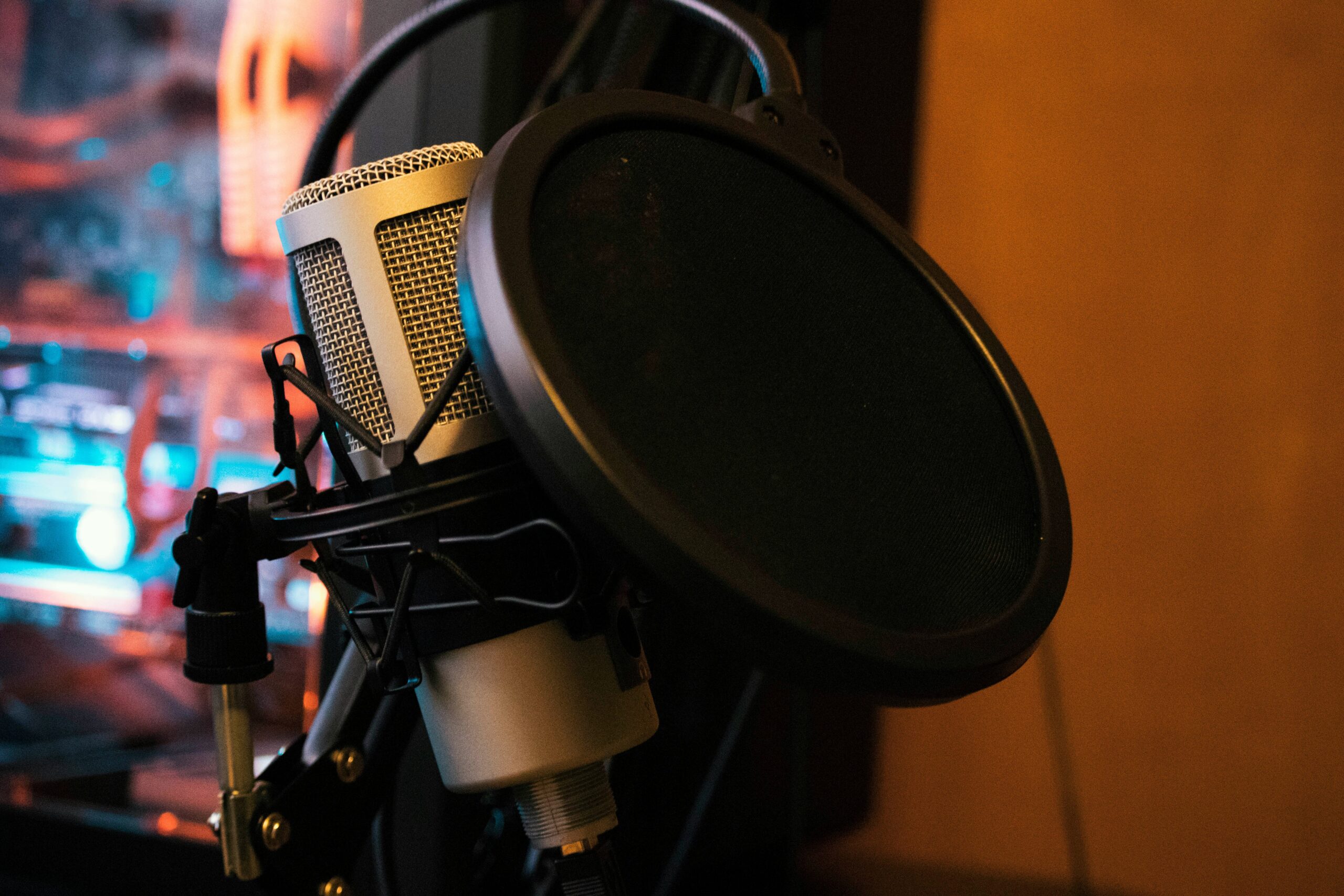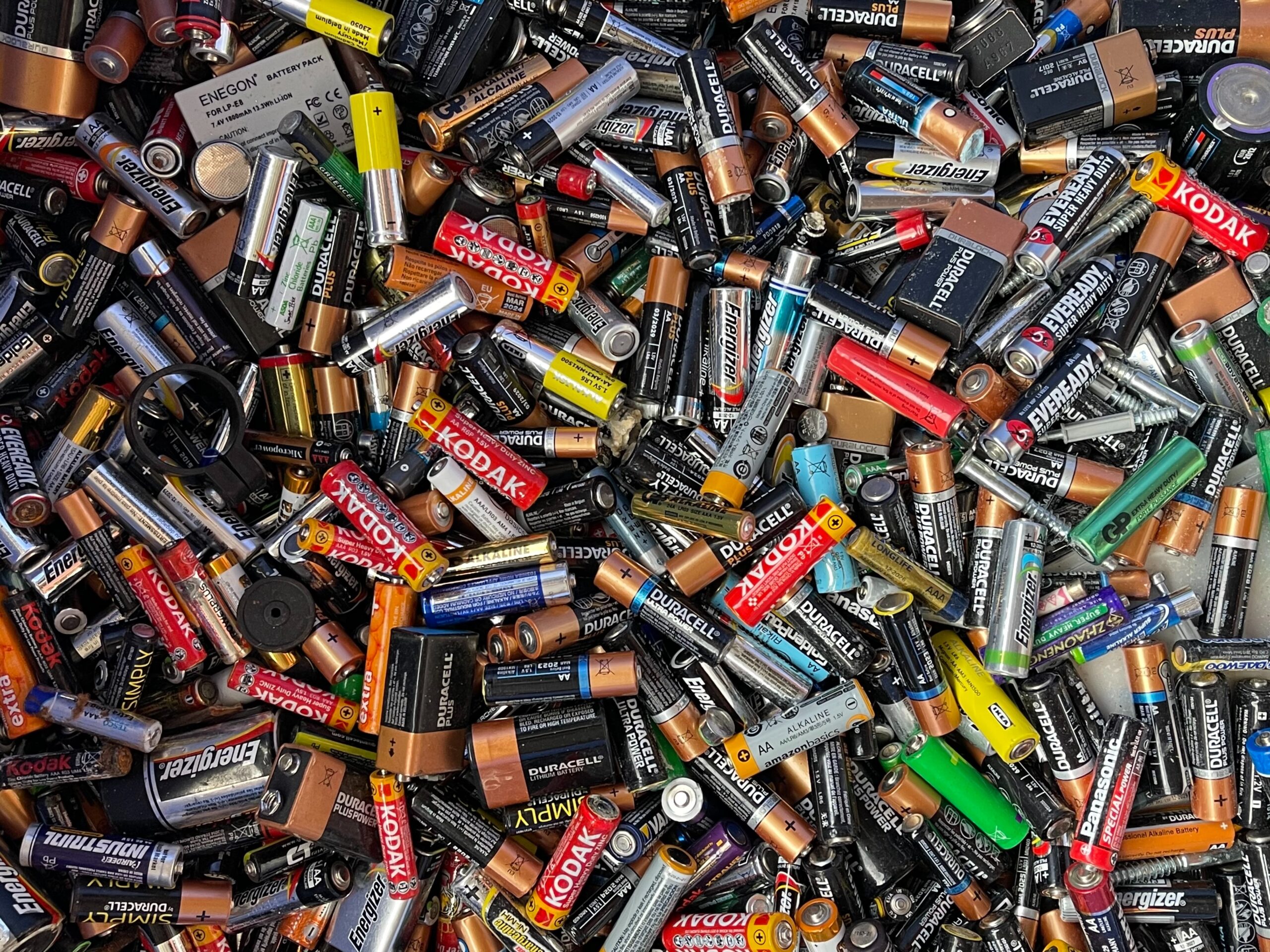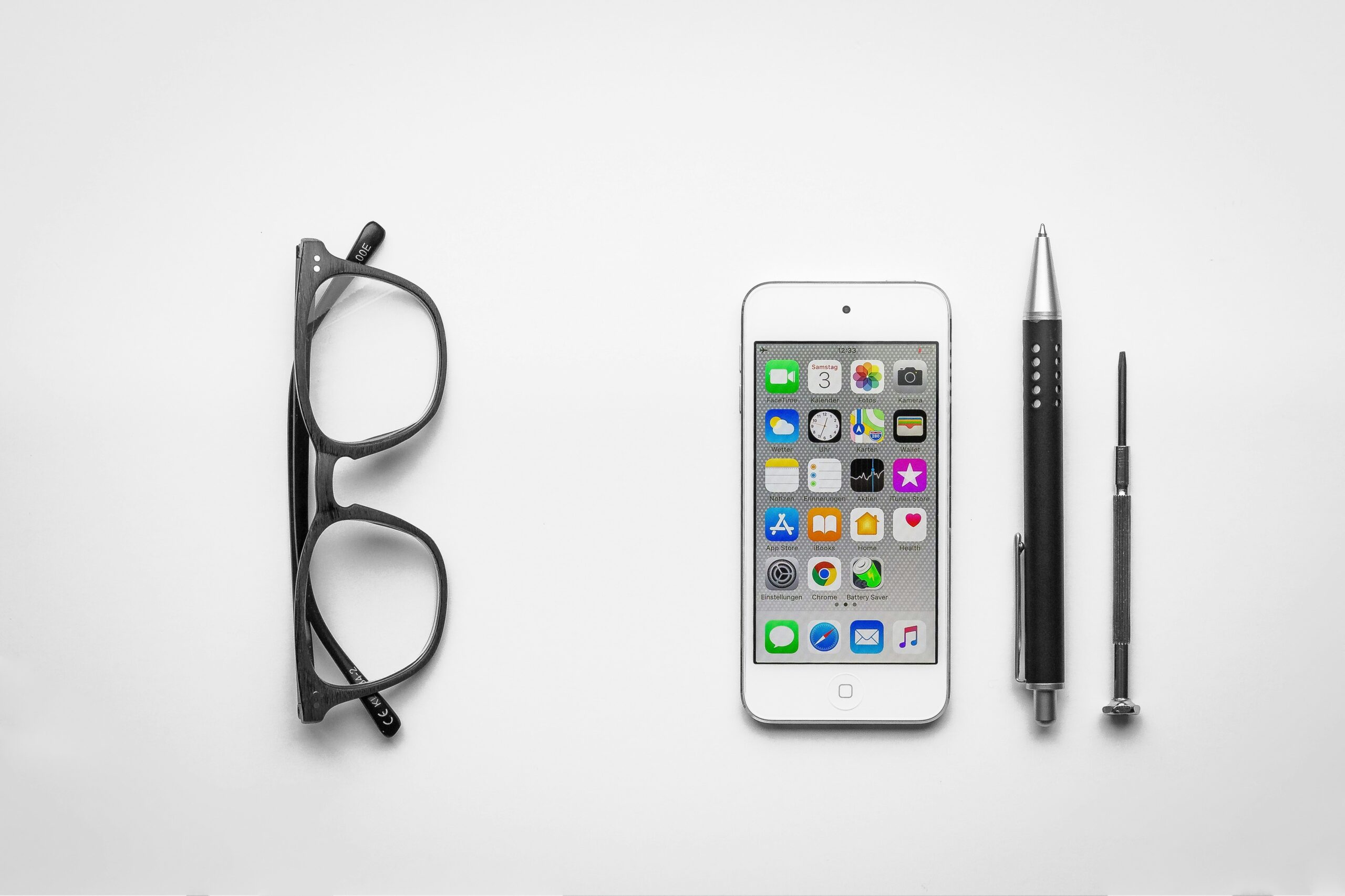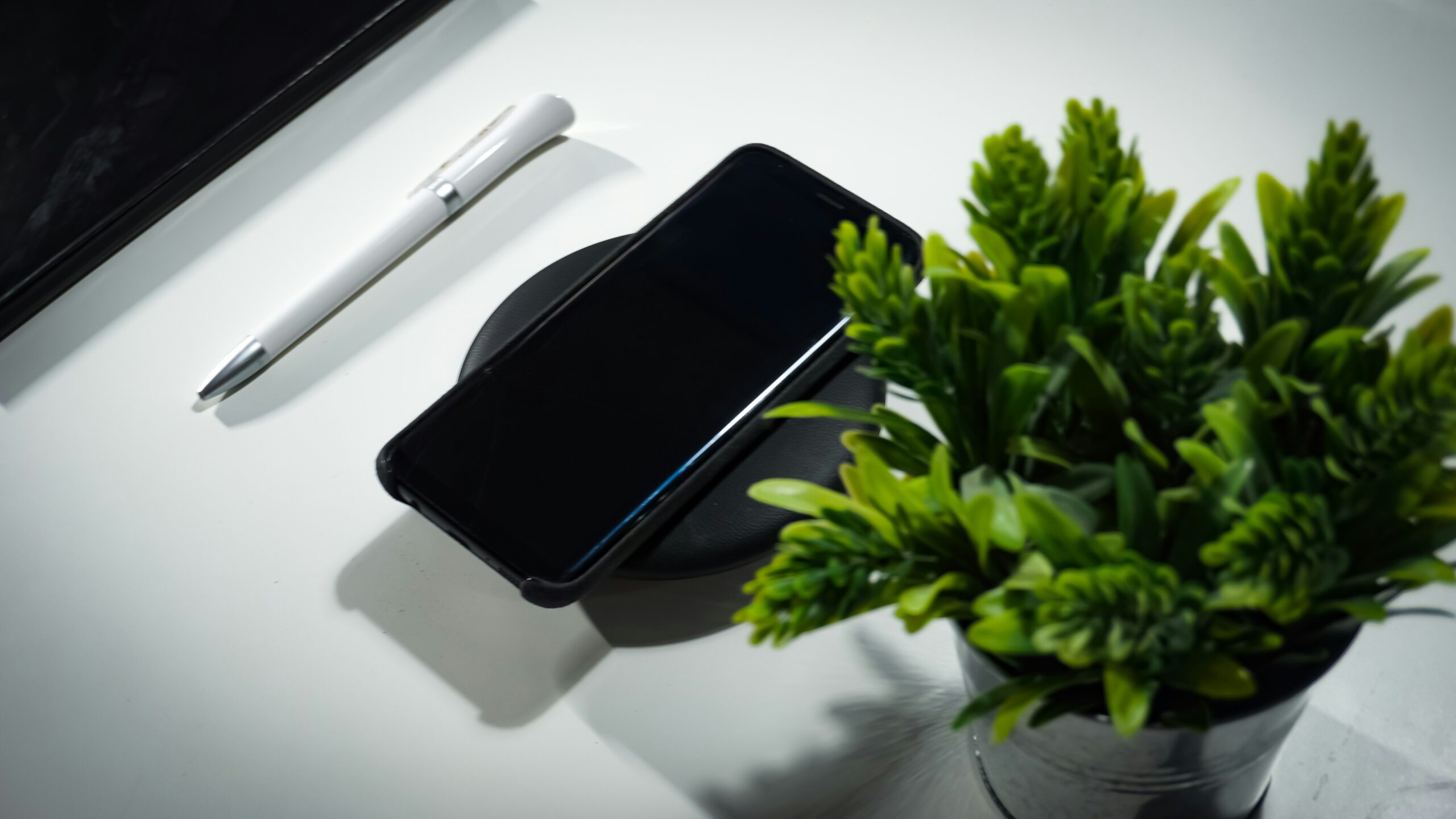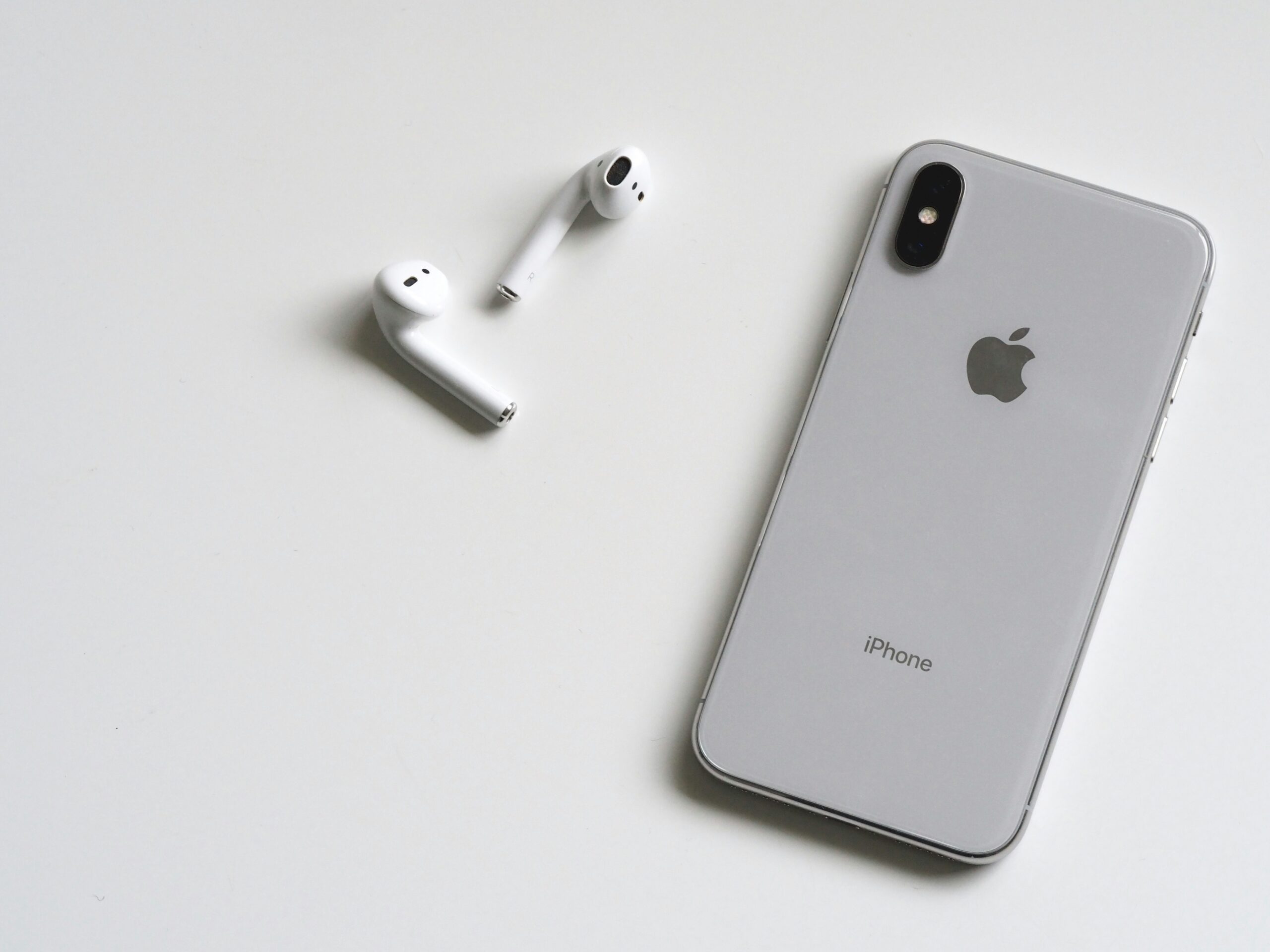From Ancient Techniques to Modern Marvels BUnraveling the Timeline of Camera Invention

The history of camera invention spans centuries, from ancient techniques to modern marvels. The evolution of cameras has been a testament to human ingenuity and the constant quest for capturing and preserving moments. From the pinhole camera of ancient times to the sophisticated digital cameras of today, this timeline of camera invention unravels the fascinating journey of how we have come to document our world. Exploring the advancements and innovations throughout history camera not only sheds light on the technological progress but also offers insights into the societal and cultural changes that have shaped our relationship with photography.
Unraveling the Timeline of Camera Invention
The camera is an invention that has revolutionized the way we capture and preserve moments in time. From ancient techniques to modern marvels, the camera has evolved over centuries to become an essential tool in our daily lives. Let’s take a trip back in time and unravel the fascinating timeline of camera invention.
The Earliest Known Technique
Of capturing images can be traced back to around 4th century BC in ancient Greece and China. This technique, known as camera obscura, involved a dark room or chamber with a small hole through which light could pass. The light projected an inverted image of the outside world onto a surface inside the chamber, creating a rudimentary form of photography.
Fast Forward To The 16th Century
And we see a significant advancement in camera technology. Italian artist and scientist, Leonardo da Vinci, discovered the concept of the camera obscura and made numerous sketches and observations about its potential uses.
In The Early 19th Century
The first practical camera was invented by Joseph Nicéphore Niépce, a French inventor. Niépce used a pewter plate coated with bitumen, a light-sensitive material, to capture the first permanent photograph of a scene from his window. This groundbreaking invention marked the birth of photography as we know it today.
The Next Major Leap in Camera Technology Came in 1839
When Louis Daguerre, a French artist and inventor, introduced the daguerreotype process. This technique involved exposing a silver-coated copper plate to iodine vapor, which made it sensitive to light. The plate was then exposed to an image, and the resulting photograph was developed using mercury fumes. This process allowed for shorter exposure times and produced sharp and detailed images.
In 1888, a Pivotal Moment in Camera History Occurred
When George Eastman introduced the Kodak Innovations Throughout History Camera. This handheld camera was the first to use roll film, eliminating the need for bulky plates or sheets. The Kodak camera came pre-loaded with a 100-exposure film, making it accessible to the masses. After capturing the images, users simply sent the entire camera back to the company for film processing and reloading, making photography more convenient than ever before.
As The 20th Century Progressed
Camera technology continued to advance rapidly. The introduction of the 35mm film format in 1913 by Oskar Barnack, a German engineer, revolutionized photography. The smaller film size allowed for more compact and portable cameras, making photography accessible to a wider audience.
In the 1940s and 1950s
The first commercially successful instant cameras hit the market. Polaroid, a company founded by Edwin H. Land, introduced the Polaroid Land Camera, which produced instant photographs that developed within minutes. This innovation eliminated the need for film processing altogether, bringing immediate gratification to photographers.
The Digital Revolution
In the late 20th century brought about another monumental shift in camera technology. In 1975, Steven Sasson, an engineer at Eastman Kodak, invented the world’s first digital camera. This early prototype used a CCD sensor to capture images, which were then stored on cassette tapes. Though the resolution was low and the process cumbersome, it paved the way for the digital cameras we use today.
Today, we are witnessing the era of smartphones with built-in high-quality cameras. These devices have become our primary tools for capturing and sharing moments. With advanced features like multiple lenses, image stabilization, and AI-powered enhancements, smartphone cameras have reached an astonishing level of sophistication.
From ancient techniques like Innovations Throughout History obscura to the digital wonders of today, the camera has come a long way. It has evolved from being a complex and expensive tool available only to professionals to a ubiquitous device that fits in our pockets. The timeline of camera invention is a testament to human ingenuity and our constant desire to capture the world around us. As technology continues to advance, one can only imagine the marvels that lie ahead in the world of photography.

